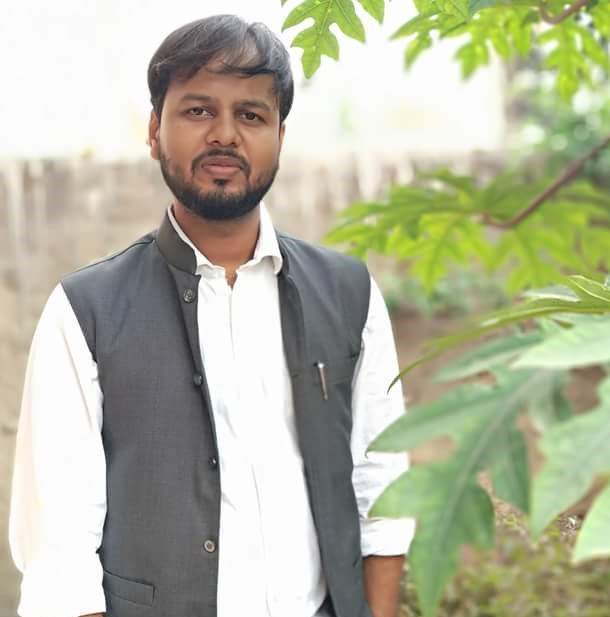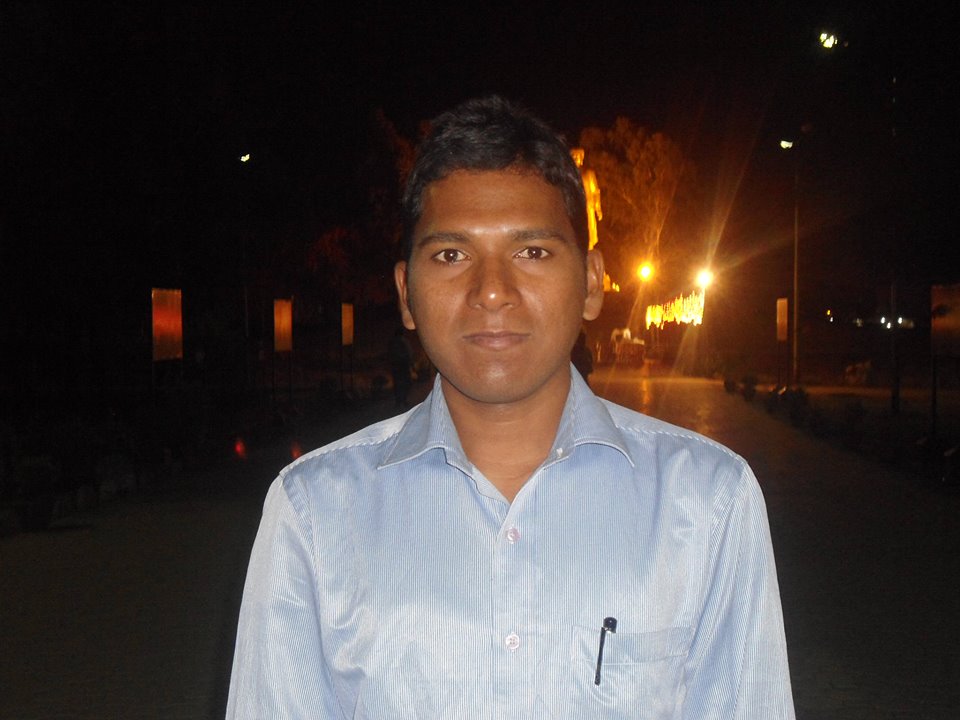Md Tabrez Alam
 BJP’s rise to power in last 2014 general election with big promises in terms of ‘SABKA SAATH SABKA VIKAS’ was actually seen as its commitment to improving conditions of common citizens of India. Jharkhand tuned in with the same voice as it is also ruled by the same political party. With the rise of BJP by occupying political power in many states, the scale of violence against minorities went up to an all-time high. Attacks by saffron groups, killings in the name of cow vigilantism and rioting in particular areas which have always remained communally sensitive, have increased. The minority communities which face multiple structural marginalizations due to ongoing systemic violence, although not new, are now encountering different modus operandi in society and administration brought in by the BJP.
BJP’s rise to power in last 2014 general election with big promises in terms of ‘SABKA SAATH SABKA VIKAS’ was actually seen as its commitment to improving conditions of common citizens of India. Jharkhand tuned in with the same voice as it is also ruled by the same political party. With the rise of BJP by occupying political power in many states, the scale of violence against minorities went up to an all-time high. Attacks by saffron groups, killings in the name of cow vigilantism and rioting in particular areas which have always remained communally sensitive, have increased. The minority communities which face multiple structural marginalizations due to ongoing systemic violence, although not new, are now encountering different modus operandi in society and administration brought in by the BJP.
Analyzing the historical context of minorities’ persecution, one notices that it continues in a well-organised manner as seen in the past–Gujarat pogrom 2002, Kandhamal, Orissa 2008, Assam 2012 and Muzaffarnagar-2013 riots. It is evident the trends of targeting minorities like Dalits, Adivasis, women and religious minorities like Christians and Muslims is high. The case of Jharkhand is worrying because of the mishandling by the state administration in dealing with such issues. The political nexus of the saffron groups with those in power has a huge negative impact on the morale of these communities. The religious appeasement strategies of the government as a policy have almost paralysed the governance system. It has compromised with democratic values and the constitutional ethos. By going through recent incidents which received more coverage in the media one can see how they have shaped the common understanding of marginalized communities that the structural violence on minorities has the silent assent of the state administration that has steadily institutionalised it. It exposes the reason why political parties, especially the ruling regime, remain a persistent concern for the minorities’. And how minorities are being systematically marginalised from the public sphere in Jharkhand.
Various research reports are coming out and even newspapers cover day-to-day untoward incidents of violence. With direct political linkages these crimes are catching the eyes of common citizens every and then now. The problem lies with the newly emerging trend where state openly patronizes such violence and rallies all resources to maximise the social cleavages. So it can deal individually with those divisions in a client-patron relationship for its own political gain. The use/misuse of religion with a new flavour in politics is evident everywhere in India and especially in Jharkhand. The ruling regime’s political hand in this violence can be seen in how it gives a free hand to the saffron outfits, at the cost of jeopardising the state law & administration. It is the government’s duty to take necessary steps to ensure peaceful co-existence of minorities as citizens of this country. If it fails to act according to the Constitution of India which has provisions to protect diverse religious groups and communities in the nation..?
~~~
Md Tabrez Alam, Research Scholar, Indian Institute of Dalit Studies










